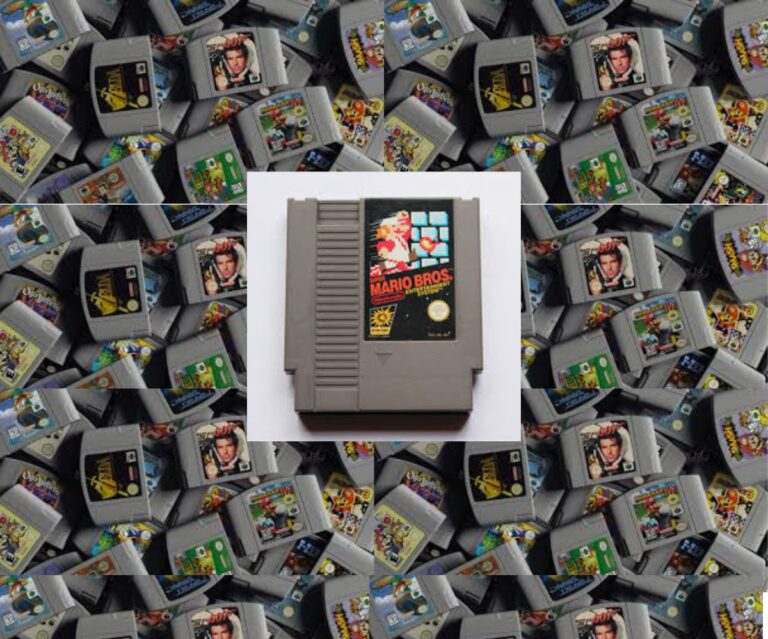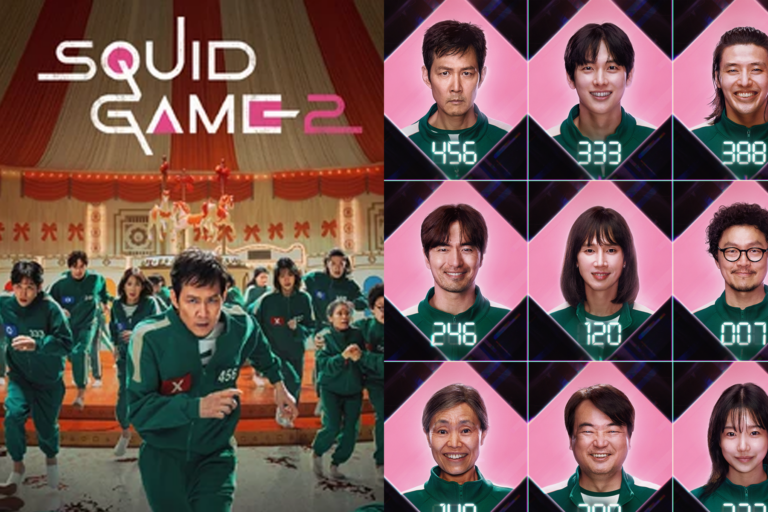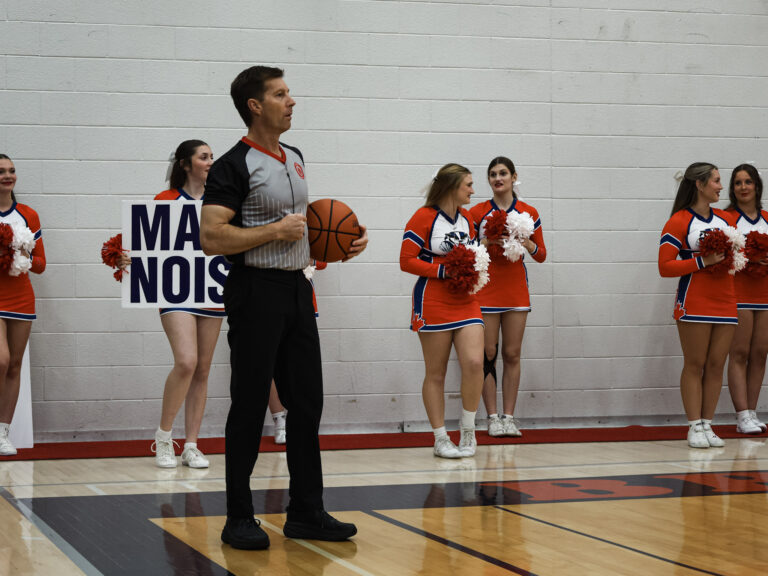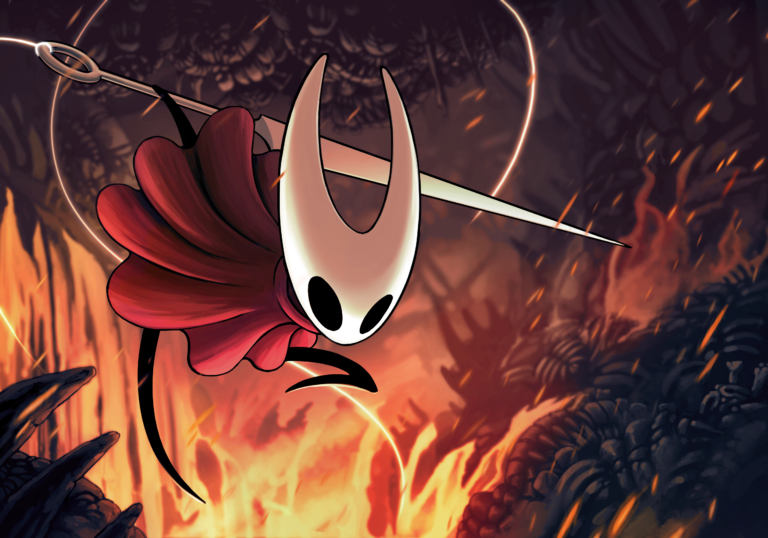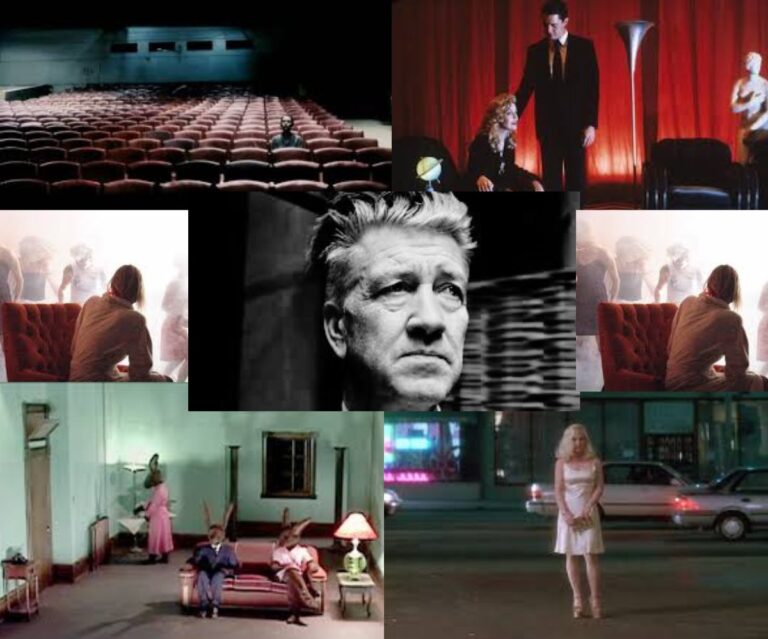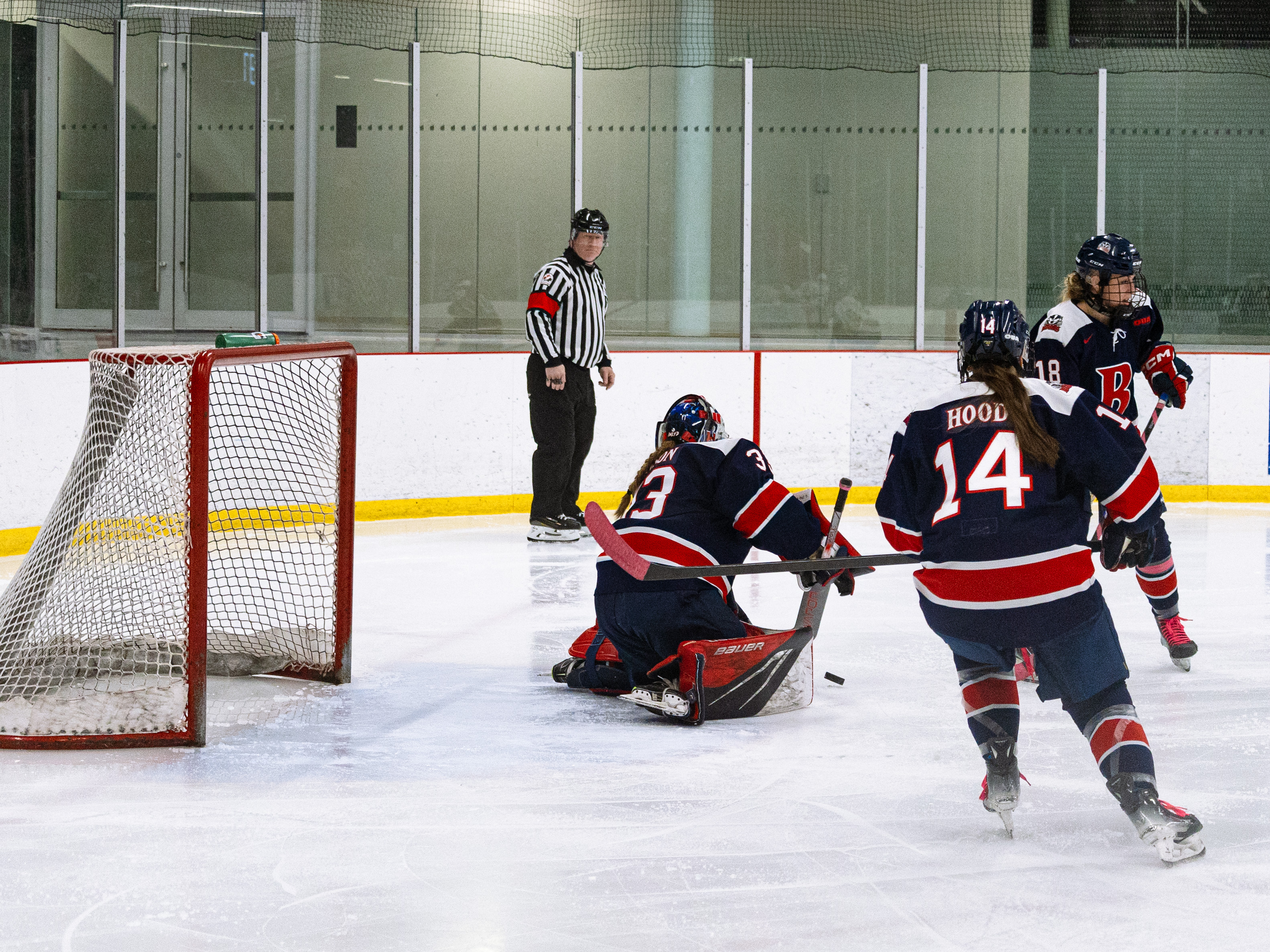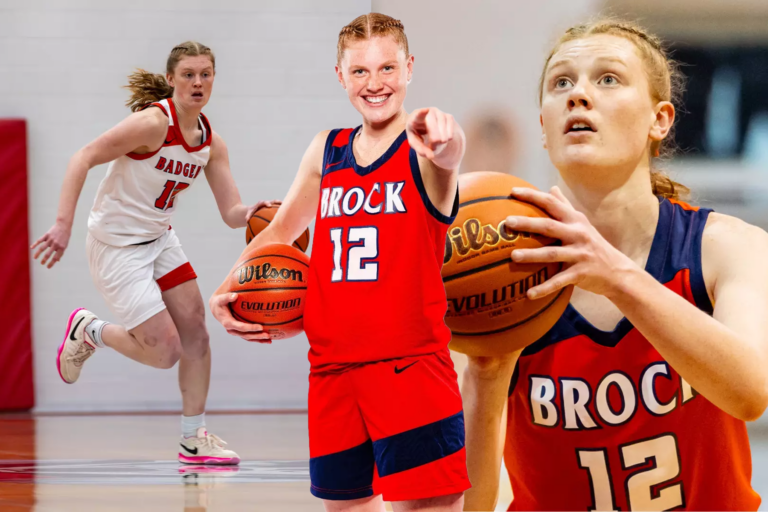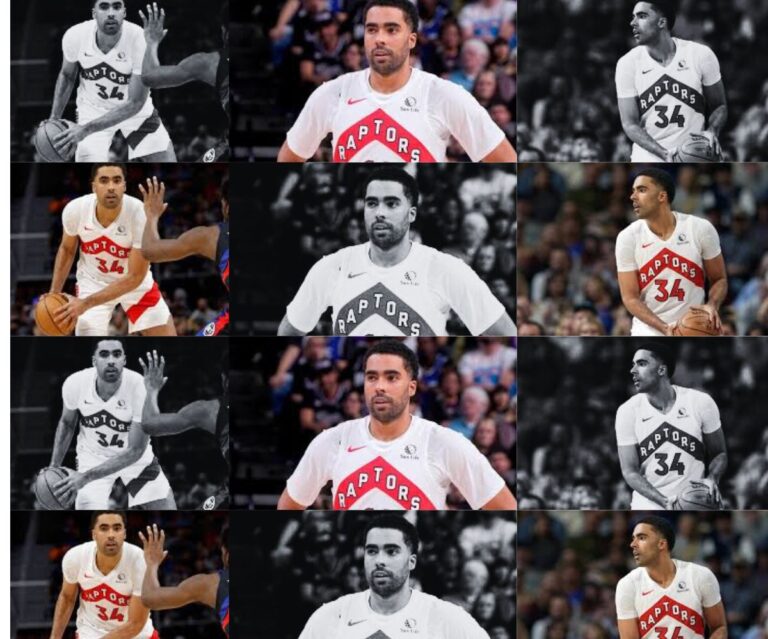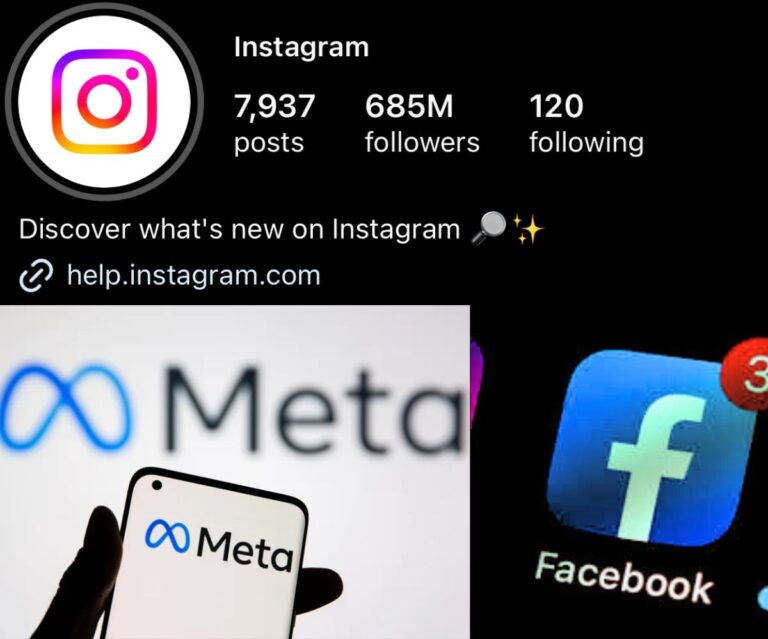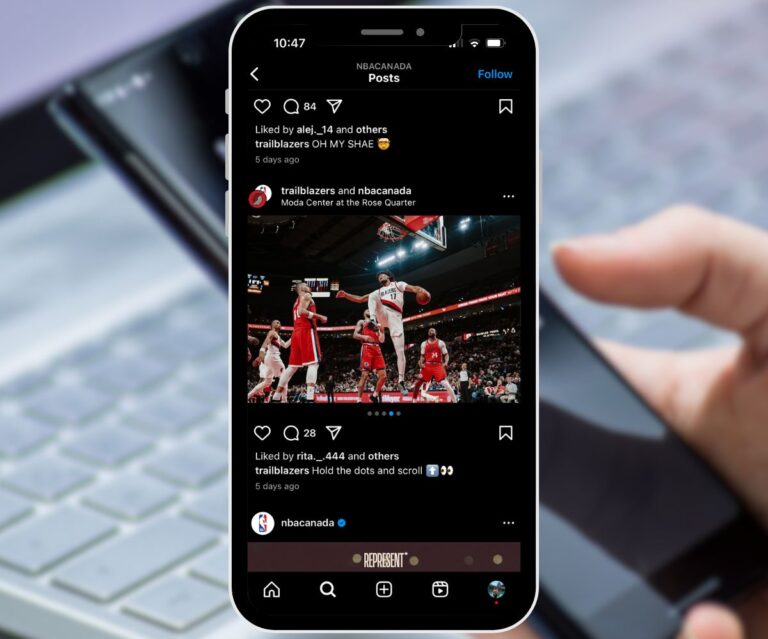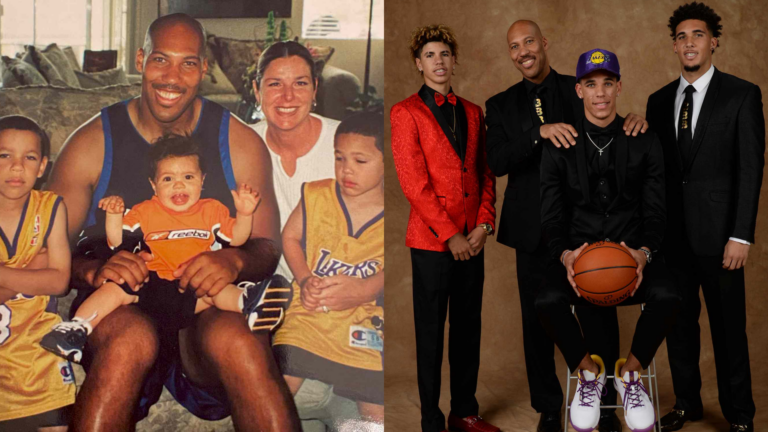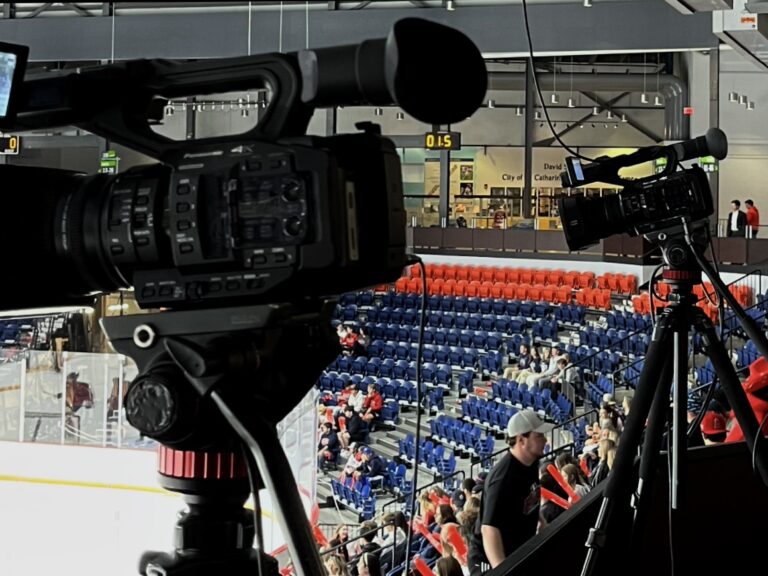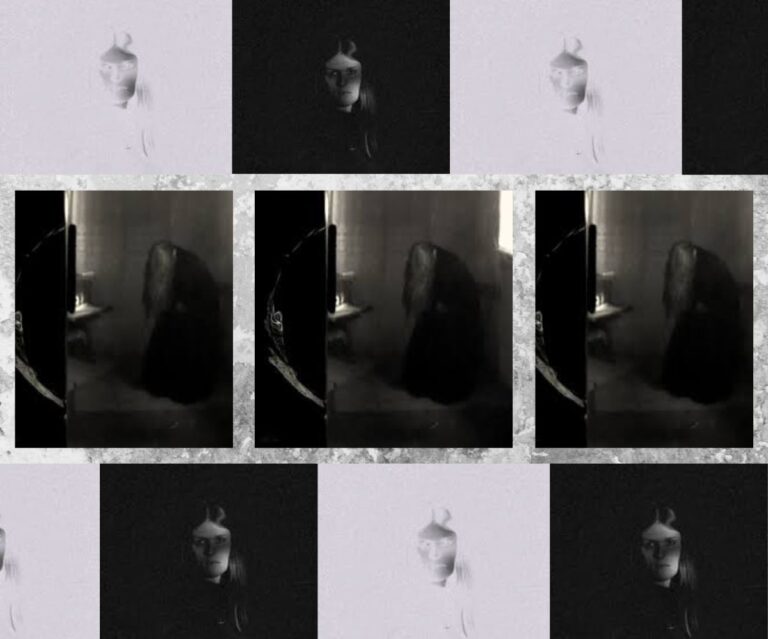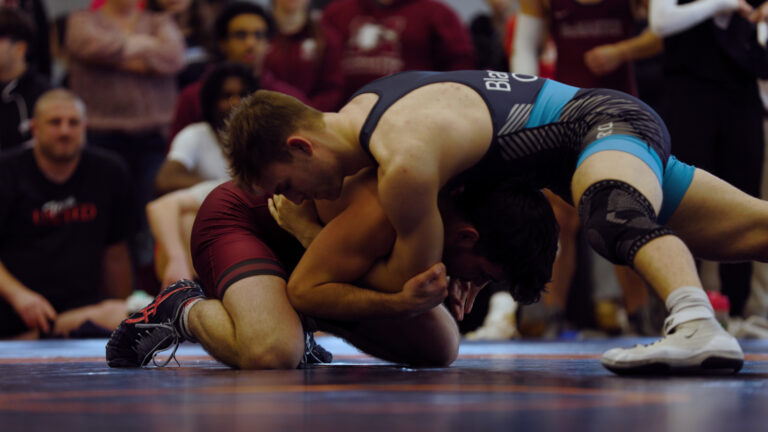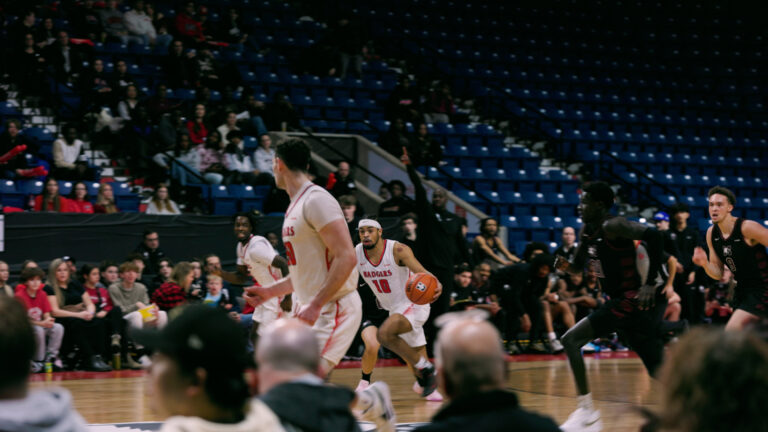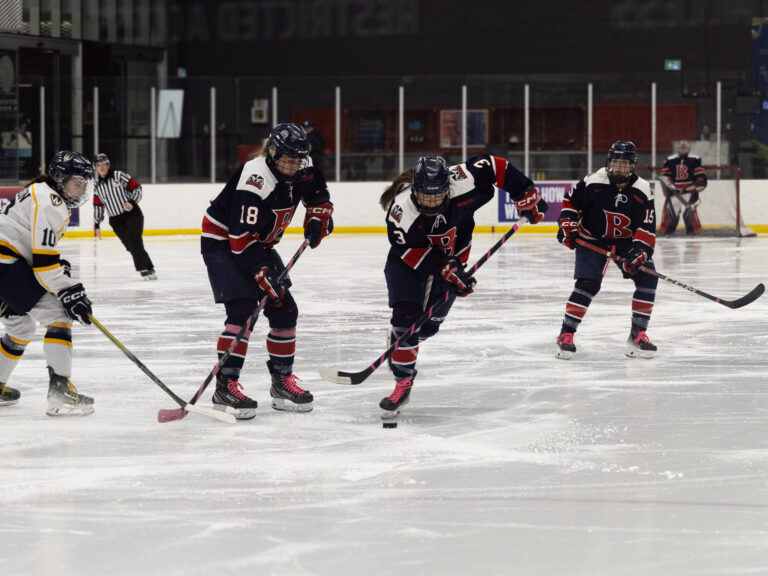There are some important things to know before collecting retro video games to avoid scams and get the best bang for your buck.
If you’re new to retro game collecting, you might not know where to start. For popular video games, there are often a variety of sellers offering different prices, and it can be hard to know which deals to take advantage of and which to avoid.
If this sounds like you, read on. Here are some helpful tips I’ve discovered over my years of collecting old video games.
Set distinct goals and know what you want
It may sound obvious, but it’s very important to clearly outline what you’re hoping to achieve within your collection. Are you looking for games from a certain developer? A specific franchise? Or are you interested in collecting for a certain console? Be sure to remember what overall goals you’ve set for your collection as you begin searching, as it is all too easy to become distracted by irrelevant items that don’t align with your primary goals.
I find it helpful to keep a running list of games that I’m hoping to someday own. My list is on my phone’s notes app, so it’s always accessible in the event that I find something I want to add on the fly. Be sure to fill the list with a variety of items at a variety of prices. Even if something costs a lot of money, it’s still worth adding to the list because you never know when you might have the opportunity to score a deal for it later. My list contains items under $50, as well as items that go for several hundreds of dollars — even if I can’t afford some of them at the moment, it’s valuable information to keep in mind for the future.
Finally, be sure to consider whether original game cases and manuals are important to you. If you primarily care about playing your games rather than the way they look on a shelf, it might be worth purchasing “loose” games (a disc or cartridge without the original case or manual). Purchasing games CIB, or “complete in box,” can significantly increase the price of a game, so ask yourself if it’s worth the extra spend or if you’re okay with having a collection of loose titles. Amazon offers a variety of DVD holders that can store loose game discs, which isn’t a bad option if you don’t mind keeping your collection stored away in a drawer.
Research local game stores and events for enthusiasts
Although eBay, Kijiji and Facebook Marketplace can score you excellent deals on retro games, it’s always worth researching local retro gaming stores. Buying from small, family-run businesses in your area isn’t just a great way to support your local community, but they can also help you find rare games at good prices.
Small business owners are often some of the most passionate people in the retro collecting community, and many of them have personal collections of their own, making them a great source of knowledge on specific titles and other games you might want to consider.
Because these stores usually set their own prices, it’s common practice to negotiate with their employees to see if they can lower the price on a certain game for you. Plus, when you become a regular customer at a local store, there’s a chance they will cut you deals as you purchase more products over time. Just be sure to ask about their return policy and get a receipt in case there’s something wrong with your game once you get home — decades-old discs and cartridges can be unpredictable, after all.
Attending events like Comic-Con and Fan Expo can also net you amazing deals on old titles. While these events usually cater to comic book and anime fans, it’s not unusual to find vendors dedicated to video games. Most of these vendors come from local game stores, so they’re just as passionate and knowledgeable as the ones you’ll find in your area.
In either case, make sure you price-check on a site like pricecharting.com or eBay before making a purchase to ensure you’re getting a fair price on the game you’re looking to buy.
Be wary of scams
Video game collecting is a lucrative market, but that also means it’s ripe for scams. It’s not unusual for eBay sellers to market an old game at a seemingly fair price, but hide the words “case only” or “manual only” somewhere at the end of the title or in the item description. That’s right: you might think you’re buying a fun new game for your collection, only to be met with disappointment when an empty case arrives at your door weeks later.
To avoid every collector’s nightmare scenario, be sure to carefully read through the entire title of the item listing as well as its item description. Read through any fine print and ensure that nothing seems suspicious. As you conduct your research, take a moment to read the seller’s reviews from previous customers. If they seem to have made a lot of buyers happy in the past, there’s a good chance they value their reputation as a seller and won’t try to pull any funny business. You can also message sellers directly, so if you’re unsure about anything at all, don’t be afraid to ask them questions, including for additional photos of the cartridge or disc. Don’t worry about looking stupid or unknowledgeable — a good, honest seller will always respond with courtesy and respect.
If you follow all these instructions and still find yourself the victim of a con artist, don’t hesitate to follow eBay’s return policy, which is conducted through eBay itself rather than any individual seller. Explain the issue to them and they can likely pull up the original listing, ensuring that you get your money back.
—
And there you have it. These are some handy tips for up-and-coming video game collectors. While there are many more tidbits that collectors will find useful, most are best discovered by actually getting your hands dirty in the collecting scene.
At the end of the day, keep your eyes open to various sources and don’t jump at the first option you see. Often, waiting for the right moment to collect a certain title is the best way to secure a good price and walk away with a product you can be happy with. If you’re hoping to start a video game collection, prepare to be in it for the long haul, and know that patience is incredibly valuable as you search for deals.
It can be stressful at times, but trust me, it’s worth it. With every game you purchase, no matter its financial value, you bring your collection one step closer to being the assortment of special video game experiences that’s uniquely yours.

